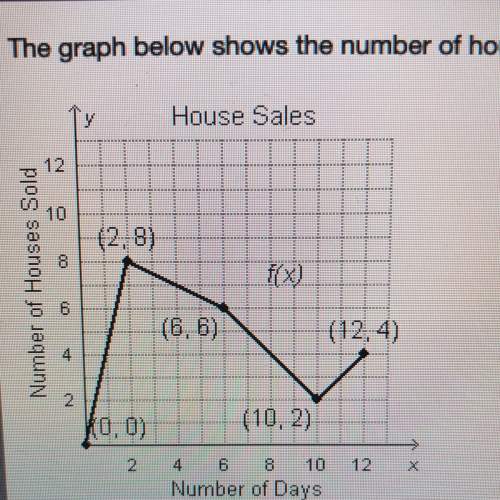The Congruent Triangles CD is shown to the right
a Make a cumulative frequency table that repr...

Mathematics, 16.04.2020 19:27, gmaxgaming88
The Congruent Triangles CD is shown to the right
a Make a cumulative frequency table that represents the length of the songs in seconds
About what percent of the songs are under min? How do you know?
Add it (tro)
Al You Needs
Your Love Is S wed
Youve GOSAS
Factor
Pythagorean Love
Love Intrane
With Versus the va
Our Common Dena
Subtract Outro)

Answers: 3
Other questions on the subject: Mathematics

Mathematics, 21.06.2019 16:20, jaueuxsn
Tomas is making trail mix using granola and walnuts. he can spend a total of $12 on the ingredients. he buys 3 pounds of granola that costs $2.00 per pound. the walnuts cost $6 per pound. he uses the equation to represent the total cost, where x represents the number of pounds of granola and y represents the number of pounds of walnuts. he solves the equation for y, the number of pounds of walnuts he can buy. answer- b tomas added 6 to both sides of the equation instead of subtracting 6. just took the test
Answers: 1

Mathematics, 21.06.2019 17:00, chloerodgers56
If a baby uses 15 diapers in 2 days how many diapers will the baby use in a year
Answers: 2

Mathematics, 21.06.2019 20:30, maxy7347go
Does the function satisfy the hypotheses of the mean value theorem on the given interval? f(x) = 4x^2 + 3x + 4, [−1, 1] no, f is continuous on [−1, 1] but not differentiable on (−1, 1). no, f is not continuous on [−1, 1]. yes, f is continuous on [−1, 1] and differentiable on (−1, 1) since polynomials are continuous and differentiable on . there is not enough information to verify if this function satisfies the mean value theorem. yes, it does not matter if f is continuous or differentiable; every function satisfies the mean value theorem.
Answers: 1

Mathematics, 21.06.2019 20:30, helpmepls23
Steve had 48 chocolates but he decided to give 8 chocolats to each of his f coworkers. how many chocolates does steve have left
Answers: 1
Do you know the correct answer?
Questions in other subjects:

Biology, 19.09.2019 13:30


Social Studies, 19.09.2019 13:30



Spanish, 19.09.2019 13:30

History, 19.09.2019 13:30

Mathematics, 19.09.2019 13:30









